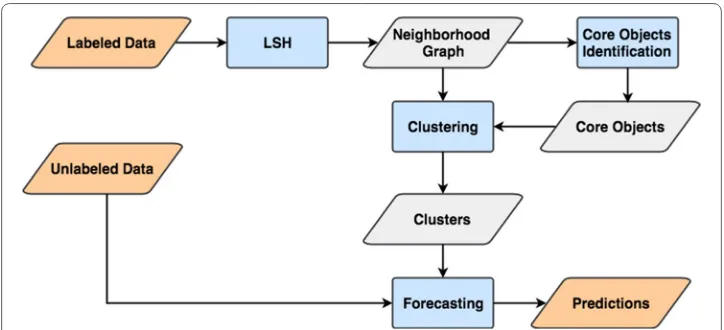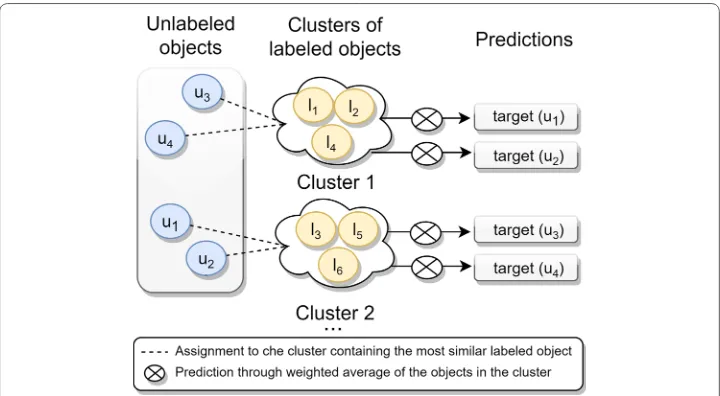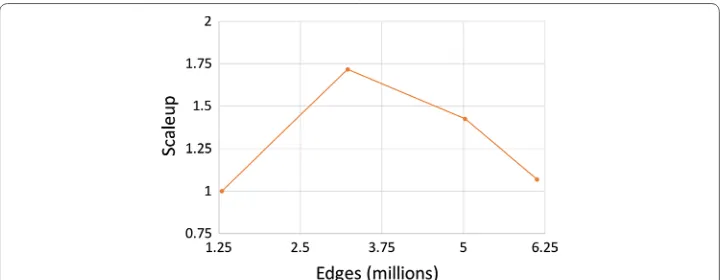DENCAST: distributed density-based clustering for multi-target regression
Full text
Figure




Related documents
To set up the postoperative guide of bisphosphonate use after cementless hip arthroplasty, we investigated whether zoledronate has beneficial or negative effects in the stem
Numerous studies have in- vestigated the effect of hiring subsidies on the labour market outcomes of subsidized workers for countries as Sweden, Belgium, and the UK (e.g. Carling
Of particular im- portance are the act’s requirements that surface coal mining operations be conducted in accordance with environmental protection performance standards (sec. 51 5),
We define the group of large owners as the joint ownership of all owners who possess more than 10 percent of the votes... of separating instruments and an equal distribution of
The purpose of this qualitative case study was to ascertain the challenges that might impede the academic success of college students with dyslexia and identify strategies used
(c): Time-evolution of the drag coefficient under three different control policies: zero command (NULL, black), ORA strategy (blue), and the optimal policy from the present
organizational initiative, including supply chain management, should ultimately lead to enhanced organizational performance.[5] A number of prior studies have
The heartburn version of the QOLRAD questionnaire is a disease-specific quality of life instrument that includes 25 items combined into five domains: Emotional dis- tress,





